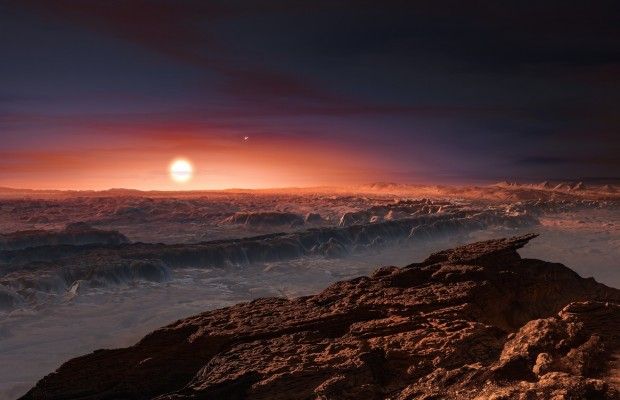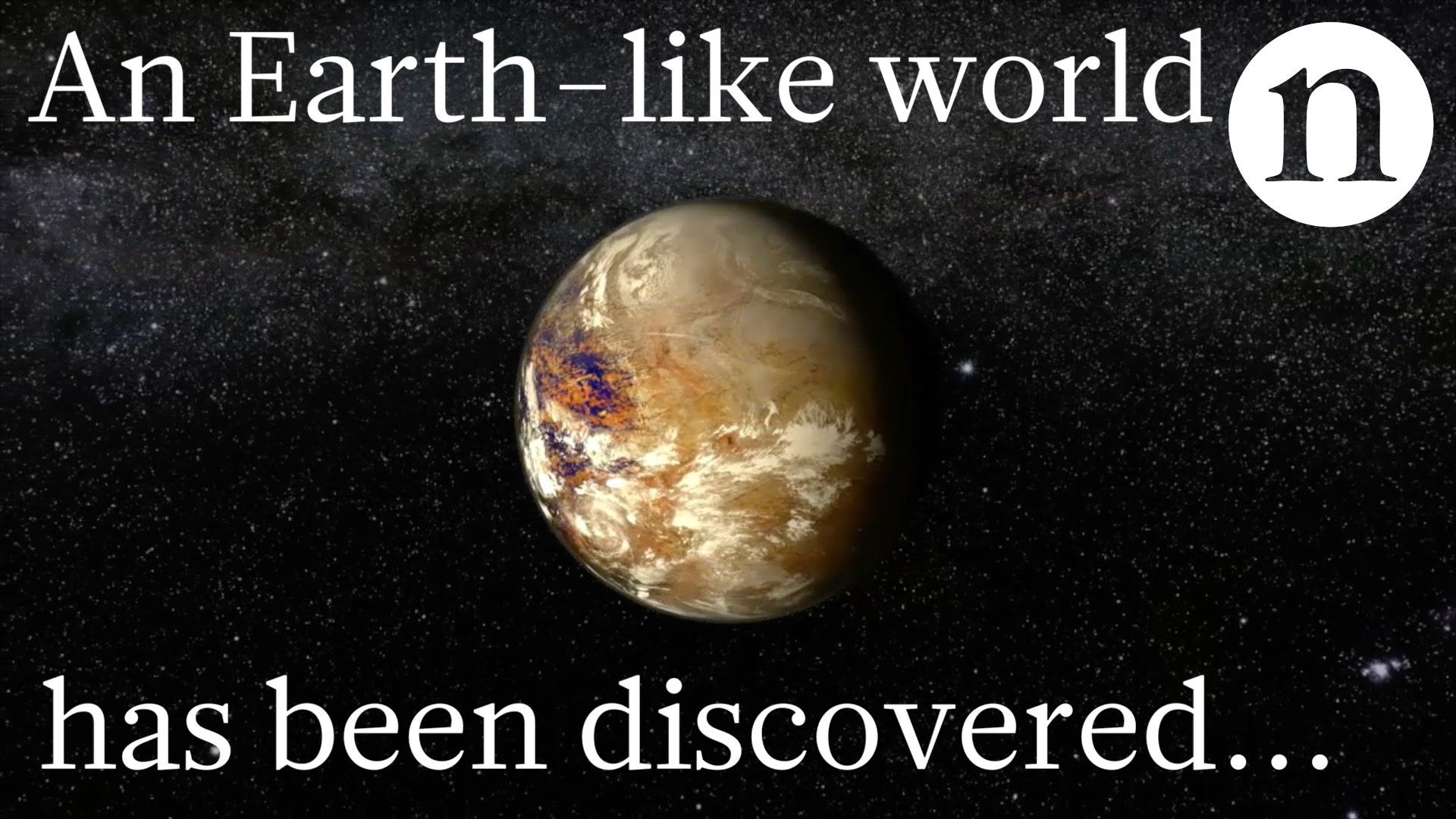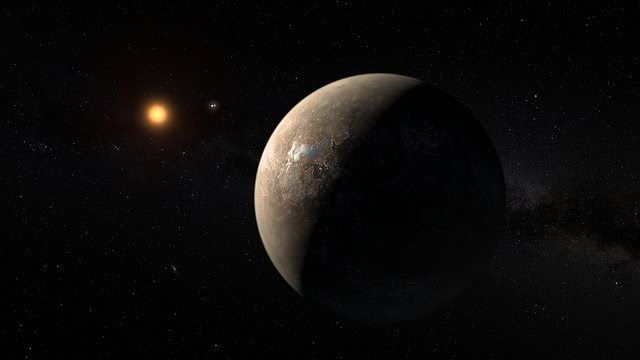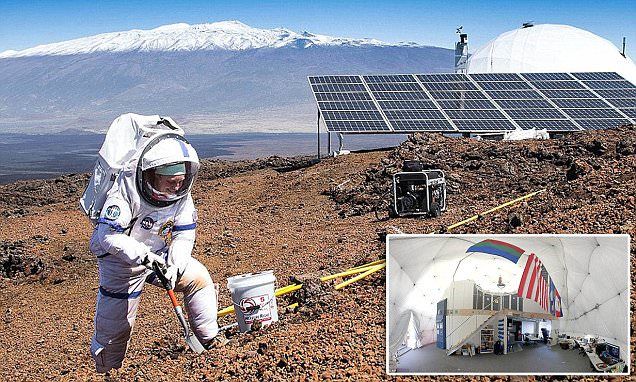I am ready to go any time.
An earth-like planet has been discovered orbiting the closest star to our solar system, according to CNN.
Continue reading “Scientists Discover New Earth-Like Planet” »

I am ready to go any time.
An earth-like planet has been discovered orbiting the closest star to our solar system, according to CNN.
Continue reading “Scientists Discover New Earth-Like Planet” »
CISO & CSO at many companies are certainly going to have their work cut out for them in the long-term future as more and more new tech such as 3D Printing, Synthetic Bio, etc. are adopted into companies; really brings a new level of security concerns not only in government; but also the private sector.
He pointed out that while there were international organisations to prevent the spread of nuclear and chemical weapons, there was no such agency to deal with biological weapons.
Speaking at the Council debate on weapons of mass destruction (WMD), he sought to expand its definition beyond nuclear, chemical and biological to embrace the threats arising from 21st century science, technology and globalisation.
Continue reading “World not prepared for biological attacks, new technology threats: Ban Ki-moon” »

In what’s being hailed as one of the biggest astronomical discoveries of the century, scientists with the European Southern Observatory (ESO) today confirmed the discovery of an Earth-like exoplanet in the habitable zone of Proxima Centauri-our nearest neighboring star. Details of the team’s discovery were just published in Nature.
Rumors of a possible Earth-like exoplanet first surfaced on August 12 in the German weekly Der Spiegel. Citing an anonymous source with the La Silla Observatory research team, the magazine claimed the rumored planet “is believed to be Earth-like and orbits at a distance to Proxima Centauri that could allow it to have liquid water on its surface-an important requirement for the emergence of life.”
Continue reading “New Earth-Like Exoplanet Could Be Discovery of the Century” »
Although this is true (speed of communication via entanglement is not at the speed of light); like other early stage technologies this will also evolve and improve in time.
China recently launched a satellite to test quantum entanglement in space. It’s an interesting experiment that could lead to “hack proof” satellite communication. It’s also led to a flurry of articles claiming that quantum entanglement allows particles to communicate faster than light. Several science bloggers have noted why this is wrong, but it’s worth emphasizing again. Quantum entanglement does not allow faster than light communication.
This particular misconception is grounded in the way quantum theory is typically popularized. Quantum objects can be both particles and waves, They have a wavefunction that describes the probability of certain outcomes, and when you measure the object it “collapses” into a particular particle state. Unfortunately this Copenhagen interpretation of quantum theory glosses over much of the subtlety of quantum behavior, so when it’s applied to entanglement it seems a bit contradictory.
Continue reading “Quantum Entanglement: Slower Than Light” »

Astronomers have today confirmed the existence of a planet orbiting the sun’s nearest neighbour, Proxima Centauri, which has the potential to host liquid water, and therefore life.
The exoplanet in question, Proxima b, is thought to be the Earth’s closest potentially habitable neighbour, making this discovery a major landmark in humanity’s exploration of the universe.
Continue reading “ESO confirms the discovery of Earth’s closest potentially habitable neighbour” »
Glad defense is finally taking this seriously. Something, that many of us already had concerns about.
The properties of quantum entanglement could deliver the first hack-proof communications.
More on China’s race on Space. Last Tuesday, China launched the 1st Quantum Satellite. In 2017, China is planning to be the dominant force in mining of Space. First stop — mining the dark side of the moon. Given China’s own history with environmental pollution plus mining’s damaging effects to the environment when not properly managed; etc. one must ponder how will space and Earth itself be impacted by such mining.
Before this decade is out, humanity will go where it’s never gone before: the far side of the moon. This dark side — forever facing away from us — has long been a mystery. No human-made object has ever touched its surface. The mission will be a marvel of engineering. It will involve a rocket that weighs hundreds of tons (traveling almost 250,000 miles), a robot lander, and an unmanned lunar rover that will use sensors, cameras, and an infrared spectrometer to uncover billion-year-old secrets from the soil. The mission also might scout the moon’s supply of helium-3 — a promising material for fusion energy. And the nation planting its starry flag on this historic trip will be the People’s Republic of China.

Another discovery from a rocket launch.
A sensitive quantum device, designed to operate on a nanosatellite, was recovered from explosion debris and displays no degradation in quality.

Continue reading “Robust photon-pair source survives rocket explosion” »

https://youtube.com/watch?v=OP_1uLicGUw
Experts of the state-run corporation Roscosmos started designing a new superheavy rocket on the basis of the “Energia–Buran” program.
The new rocket is said to be built with the use of the existent RD-171 rocket engine. “We do not consider using hydrogen circuits on the first and second stages of this carrier. We intend to take the third stage from the currently-operating Angara rocket,” a representative for the corporation told the Izvestia newspaper.
Continue reading “Russia starts designing main superheavy rocket for lunar program” »

Hmmm; I did know that the early day astronauts did practice the moon walk near one of the volcanoes in Hawaii.
Since August last year, six scientists have been living isolated from the outside world 8,200 feet up a dormant volcano in Hawaii. Confined to a dome 11 metre wide with a living area of about 1,000 square feet, the team is only allowed to venture outside when wearing NASA spacesuits, just like future astronauts on Mars will have to do.
Continue reading “Yearlong simulation of Mars on Mauna Loa is coming to an end” »
